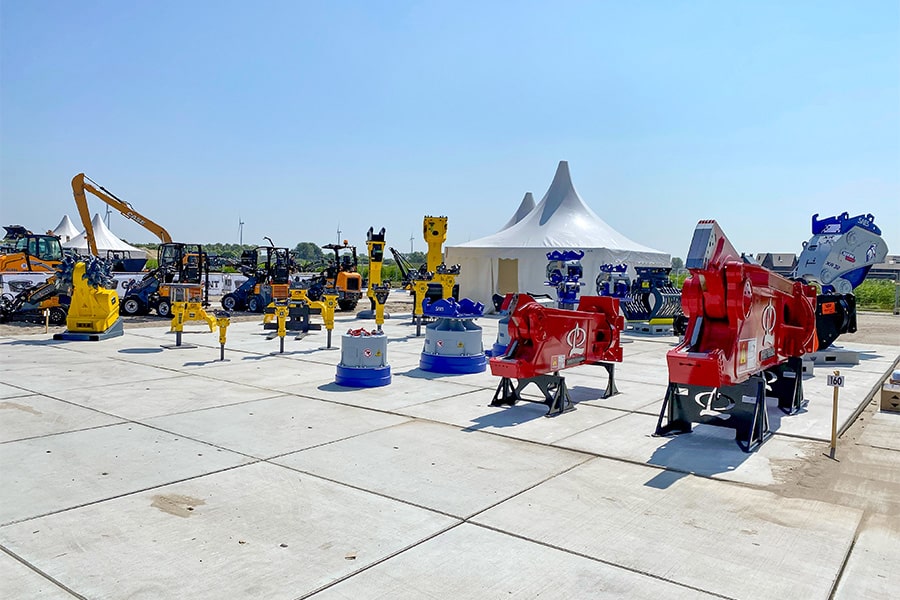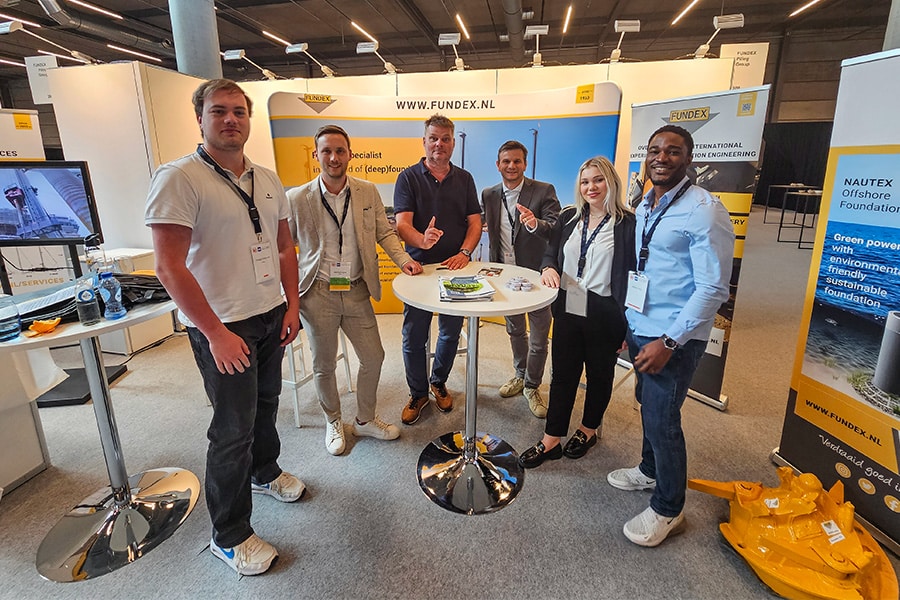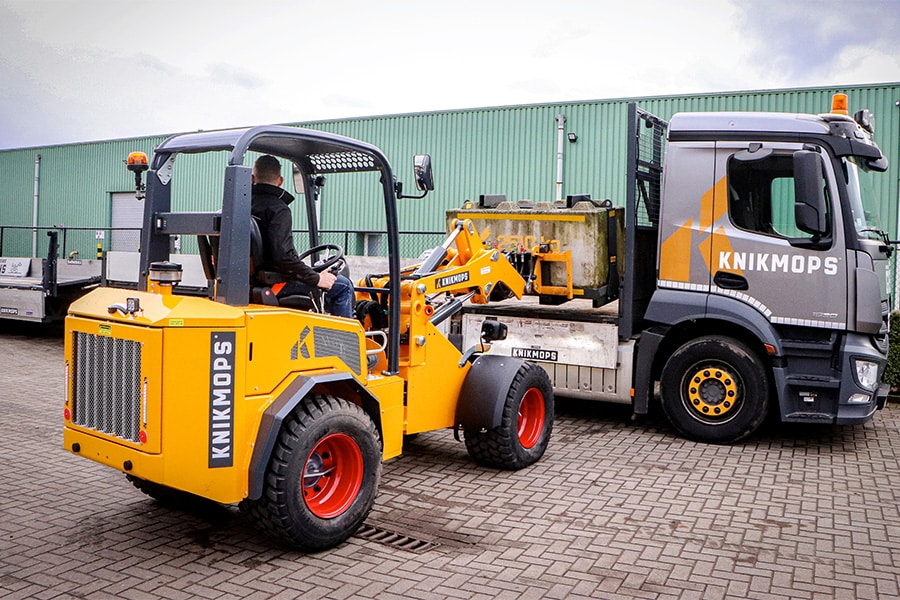
Extended period of use by determining residual life of plastic piping systems
Practice shows that milder use conditions often allow such PVC, PE and PP piping systems to last (much) longer. QS Testing has developed a practical and effective research method to test the degree of aging and to determine the expected residual life under the same conditions of use. In many cases, this demonstrably extends the lifespan by many more decades and can postpone replacement investments.
QS is an independent institution and specializes in the testing, inspection and certification of plastic piping systems and foil structures. "Everything we do is focused on independent quality control and conformity assessment to laws and regulations," explains Jorn Bronsvoort, director of QS Testing. "We do this both in the field when constructing systems and structures and in our own laboratory. For several years now, we have added a new service to this. In addition to quality control during the construction of piping systems, we can also conduct research on existing piping systems. On the basis of a number of sample pieces, we carry out tests and assessments with which the functionality for the coming decades and thus the expected residual life for that period can be determined."

Practical and effective
According to Bronsvoort, the new research method for determining residual life is an answer to market needs and based on a scientific foundation by TNO. "Water boards, municipalities and other owners of plastic piping systems usually calculate with a life span of 25-50 years in accordance with product standards. Pipes that reach end-of-life on paper are far from being written off. In fact, in many cases they can still be used for decades. We have developed a research method that aims to provide clarity on the residual lifespan for a period of 10-30 years, depending on the condition of the piping system. The pipeline operator usually provides us with a number of representative samples. After all, the operator is the one who knows where the pipeline route is and where the system is subjected to the most and heaviest load. We then get to work with these samples. They are ultrasonically cleaned and accurately analyzed for diameter, ovality, wall thickness, presence of internal stresses, and so on. A visual inspection also takes place for damage, micro-cracks and discoloration. Finally, we subject the samples to a ring pressure test."
Based on the above analyses, QS Testing prepares a report and makes a statement about the expected residual life under the same conditions. "It is a practical and effective research method. Since 2019, we have already conducted dozens of investigations. Most have a residual life expectancy of more than 20 years, a few less than 2 years. So it can help pipeline operators to postpone a replacement investment for quite a few years," Bronsvoort concludes.



